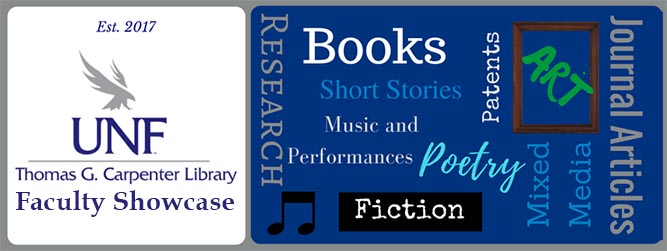College
College of Arts and Sciences
Department
Department of Art and Design
Rank
Associate Professor
Type of Work
Artwork
Publication Information
Spectra: A Survey of American Contemporary Wood Fired Ceramics at The Morean Center for Clay, St. Petersburg, Florida.
Description of Work
The sculptural forms are both a physical and metaphorical reference to a machine’s component relationships. I am interested in how these objects imply a working relationship between entities in a mechanical system. For instance, a solitary gear appears to be a relic of some machine from the past. What machine? You might ask. What was its purpose? Why is it no longer in use? What did the other mating gear look like? It is my hope that my pieces will generate a point of reflection for viewers, to ask themselves about their relationships with friends, family, community and their environment. This idea of reflecting upon a relic alludes to the idea of a legacy, and will hopefully give the viewer a chance to consider his or her own legacy. The process used to create the sculptural forms and ceremonial objects employs wood firing an iron bearing clay to a temperature of 2200 degrees Fahrenheit, and then maintaining that temperature for a minimum of six hours in order to build up ash deposits. The pieces develop dramatic markings of sintered ash that references the low point of the ember building and burning cycle. After the temperature has been maintained for at least six hours, the cooling happens in an active process where too much wood is introduced into the kiln to cause incomplete combustion. This atmosphere is maintained with rhythmic stoking of the kiln until the temperature falls to 1500 degrees. The surfaces created by the use of this technique look like objects that have been unearthed at an archaeological dig.
Reaction
The sculptural forms are both a physical and metaphorical reference to a machine’s component relationships. I am interested in how these objects imply a working relationship between entities in a mechanical system. For instance, a solitary gear appears to be a relic of some machine from the past. What machine? You might ask. What was its purpose? Why is it no longer in use? What did the other mating gear look like? It is my hope that my pieces will generate a point of reflection for viewers, to ask themselves about their relationships with friends, family, community and their environment. This idea of reflecting upon a relic alludes to the idea of a legacy, and will hopefully give the viewer a chance to consider his or her own legacy. The process used to create the sculptural forms and ceremonial objects employs wood firing an iron bearing clay to a temperature of 2200 degrees Fahrenheit, and then maintaining that temperature for a minimum of six hours in order to build up ash deposits. The pieces develop dramatic markings of sintered ash that references the low point of the ember building and burning cycle. After the temperature has been maintained for at least six hours, the cooling happens in an active process where too much wood is introduced into the kiln to cause incomplete combustion. This atmosphere is maintained with rhythmic stoking of the kiln until the temperature falls to 1500 degrees. The surfaces created by the use of this technique look like objects that have been unearthed at an archaeological dig.



Biographical Statement
Trevor Dunn studied sculpture and ceramics at the University of South Florida. After graduating he moved to Durango, Colorado to set up a studio where he built a small anagama kiln and pursued his interest in wood-fired ceramics. In 1999 Trevor joined the faculty at San Juan College to teach ceramics and sculpture until 2006. In 2009 he earned his MFA degree in ceramics from Utah State University. Trevor has lectured internationally and led workshops around the country in wood firing, salt/soda firing, and kiln building. His work has been shown in numerous exhibitions and is held in public and private collections. In 2009 he received the NCECA Graduate Student Fellowship Award for a proposed study and film project in Jianxi, China. He is currently an associate professor of ceramics at the University of North Florida.